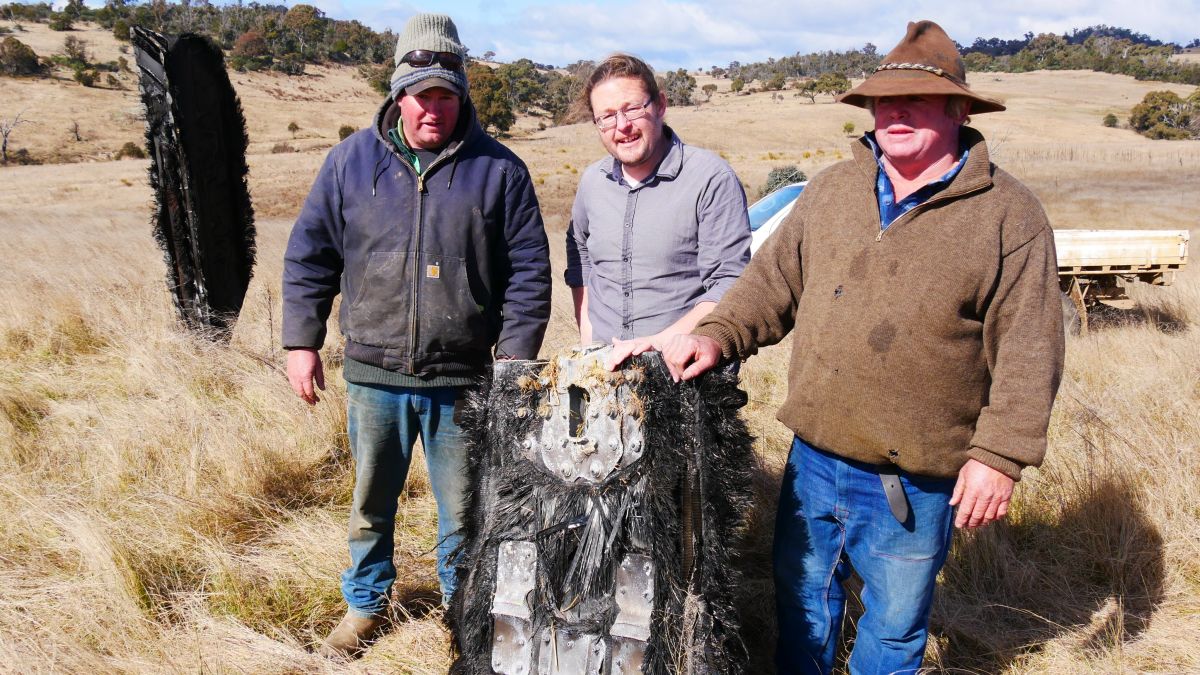Crew members aboard the International Space Station conducted scientific investigations during the week of Aug 1 that included controlling space station robots with code written by students, using a container-free system to examine formation of amyloid fibrils, and evaluating orbit-to-ground control systems for multiple robots.
Read MoreDay: August 5, 2022
Curiosity’s Dusty Selfie
Since August 2012, Curiosity has been exploring 3-mile-high Mt. Sharp in Gale Crater. The rover has climbed more than 2,000 feet (612 meters), reaching progressively younger rocks that serve as a record on how Mars has evolved from a wet, habitable planet to a cold desert environment.
Read MoreHubble Gazes at a Star-Studded Skyfield
This star-studded image from the NASA/ESA Hubble Space Telescope shows the heart of the globular cluster NGC 6638 in the constellation Sagittarius.
Read MoreThe Curiosity rover has been exploring Mars for 10 years. Here’s what we’ve learned.
NASA’s Curiosity rover has hit a major milestone: the robot is celebrating the 10th anniversary of its landing on Mars on Aug. 5, 2012. Over the decade, the rover has greatly advanced our understanding of the Red Planet through its exploration and research. Curiosity‘s primary mission objective was to determine whether or not Mars was habitable in the past. Through previous missions, scientists had already determined that water was once present on Mars and, in fact, is currently present on Mars in the form of ice. But water alone isn’t…
Read MoreSpaceX team headed to Australia to investigate Dragon space junk crash
SpaceX is going to the Australian outback in search of space debris. Following reports that bits of the SpaceX Crew-1 Dragon spacecraft landed in the southeast of the country, teams from the California company are going to Australia to see what is there. “We did get reports of debris from a trunk,” Benjamin Reed, senior director of SpaceX’s human spaceflight program, told reporters during a livestreamed NASA Crew-5 press briefing Thursday (Aug. 4). The “trunk” is an unpressurized cargo hold that also supports Crew Dragon during the launch phase, according…
Read MoreAstronomers catch a super-energetic collision of dead stars
A distant neutron-star merger unleashed one of the most powerful short gamma-ray bursts (GRB) ever seen, according to new observations by ALMA, the Atacama Large Millimeter/submillimeter Array in Chile. Neutron stars are the super-dense stellar cores left after massive stars explode, and when, say, two neutron stars collide, the result is a dramatic explosion, the light of which is referred to as a kilonova. The mergers also release gravitational waves and a brief blast of gamma-ray radiation in two tight jets shooting opposite directions into space. On Nov. 6 2021,…
Read MoreThis Week’s Sky at a Glance, August 5 – 13
The Moon and Saturn come to opposition this week, showing us their full sunlit faces. Jupiter looms big late in the night, Vega attains the zenith, and we cross the midpoint of summer. The Perseid meteors get partly mooned out. The post This Week's Sky at a Glance, August 5 – 13 appeared first on Sky & Telescope.
Read More